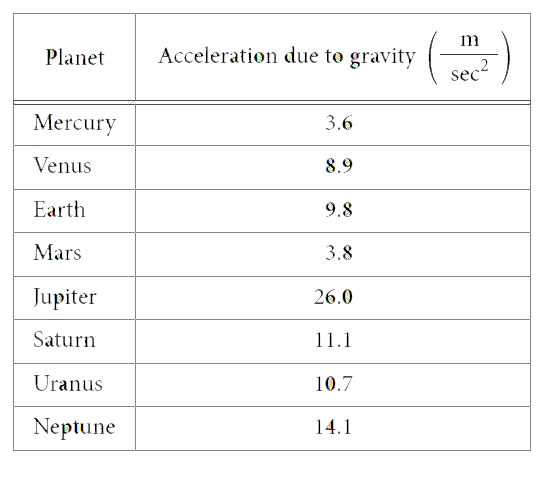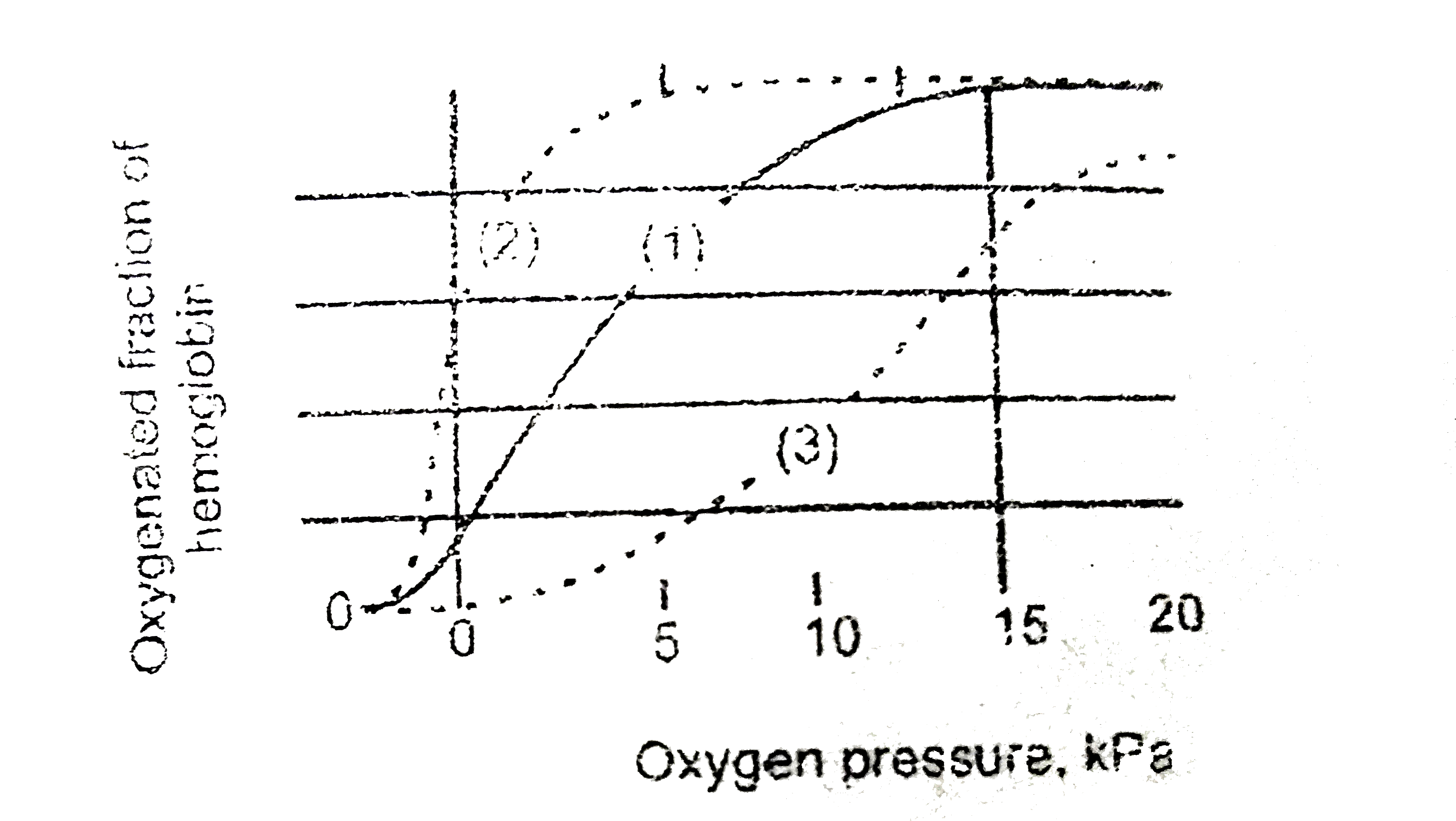Some doctors base the dosage of a drug to be given to a patient on the patient's body surface area (BSA). The most commonly used formula for calculating BSA is BSA =√wh3,600, where w is the partient's weight (in kg), h is the patient's height (in cm), and BDA is measured in square meters. How tall (in cm) is a patient who weighs 150kg and has a BSA of 2√2m2?
The correct Answer is:A, B
To solve the problem, we need to find the height (h) of a patient given their weight (w) and body surface area (BSA) using the formula:
BSA=√w⋅h3600
1. Identify the given values:
- Weight (w) = 150 kg
- BSA = 2√2 m²
2. Substitute the known values into the BSA formula:
2√2=√150⋅h3600
3. Square both sides to eliminate the square root:
(2√2)2=150⋅h3600
8=150⋅h3600
4. Multiply both sides by 3600 to isolate the term with h:
8⋅3600=150⋅h
28800=150⋅h
5. Divide both sides by 150 to solve for h:
h=28800150
6. Calculate the value of h:
h=192 cm
Final Answer:
The height of the patient is 192 cm.
---
- Weight (w) = 150 kg
- BSA = 2√2 m²
2√2=√150⋅h3600
(2√2)2=150⋅h3600
8=150⋅h3600
8⋅3600=150⋅h
28800=150⋅h
h=28800150
h=192 cm
The height of the patient is 192 cm.
Topper's Solved these Questions
Similar Questions
A block of mass m=1kg is attached to a free end of a spring whose one end is fixed with as shown in the figure. The block is performing simple harmonic motion. The position of the block from O is given by x=2+1√2sin2t, where x is in meter and t is in second. A particle of same mass is released from the circular path at a height h=80cm. then particle collidic and stricks to the block. The collision takes place when velocity of the block is zero and spring is elongated. Find
(i) Time period of new SHM.
(ii) Maximum velocity of the system
 View Solution
View SolutionWhen an object moves through a fluid, as when a ball falls through air or a glass sphere falls through water te fluid exerts a viscous foce F on the object this force tends to slow the object for a small sphere of radius r moving is given by stoke's law, Fw=6πηrv. in this formula η in the coefficient of viscosity of the fluid which is the proportionality constant that determines how much tangential force is required to move a fluid layer at a constant speed v, when the layer has an area A and is located a perpendicular distance z from and immobile surface. the magnitude of the force is given by F=ηAv/z. For a viscous fluid to move from location 2 to location 1 along 2 must exceed that at location 1, poiseuilles's law given the volumes flow rate Q that results from such a pressure difference P2−P1. The flow rate of expressed by the formula Q=πR4(P2−P1)8ηL poiseuille's law remains valid as long as the fluid flow is laminar. For a sfficiently high speed however the flow becomes turbulent flow is laminar as long as the reynolds number is less than approximately 2000. This number is given by the formula Re=2¯vρRη In which ¯v is the average speed ρ is the density η is the coefficient of viscosity of the fluid and R is the radius of the pipe. Take the density of water to be ρ=1000kg/m3
Q. Calculate the highest average speed that blood (ρ≈1000kg/m3) could have and still remain in laminar flow when it flows through the arorta (R=8×10−3m) Take the coeffiicient of viscosity of blood to be 4×10−3Pa−sView Solution
Knowledge Check
- Question 1 - Select One
Mosteller's formula : A=√hw60
Current's formula : A=4+w30
The formulas above are used in medicine to estimate the body surface area A, in square meters, of infants and children whose weight w ranges between 3 and 30 kilograms and whose height h is measured in Centimeters.
Based on Current’s formula, what is w in terms of A ?Aw = 30A − 4Bw = 30A + 4Cw = 30(A − 4)Dw = 30(A + 4) - Question 2 - Select One
Mosteller's formula : A=√hw60
Current's formula : A=4+w30
The formulas above are used in medicine to estimate the body surface area A, in square meters, of infants and children whose weight w ranges between 3 and 30 kilograms and whose height h is measured in Centimeters.
If Mosteller’s and Current’s formulas give the same estimate for A, which of the following expressions is equivalent to √hw ?A4+w2B4+w1,800C2(4 + w)D(4+w)22 - Question 3 - Select One

The chart above shows approximate of the acceleration due to gravity in meters per second squared (msec2) for the eight planets in our solar system. The weight of an object on a given planet can be found by using the formula W=mg, where W is the weight of the object measured in newtons, m is the of the object measured in kilograms, and g is the acceleration due to gravity on the planet measured in msec2.
An object on Earth has a weight of 150 newtons. On which planet would the same object have an approximate weight of 170 newtons?AvenusBsaturnCuranusDneptune


